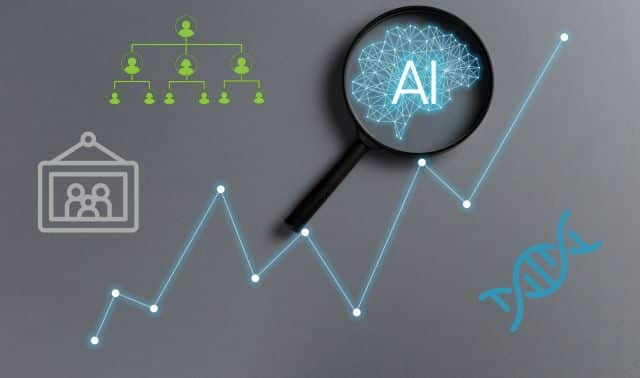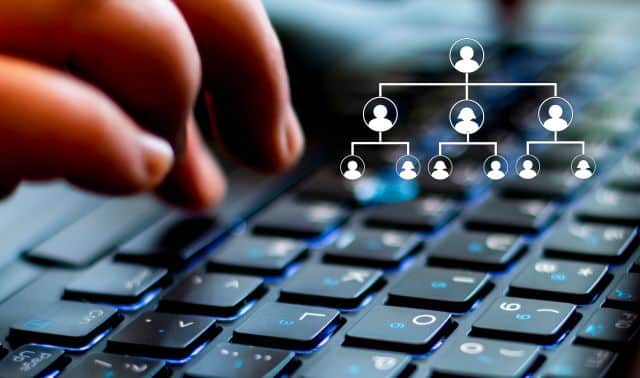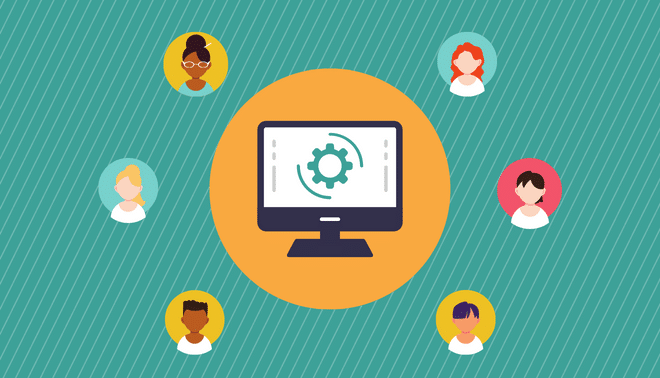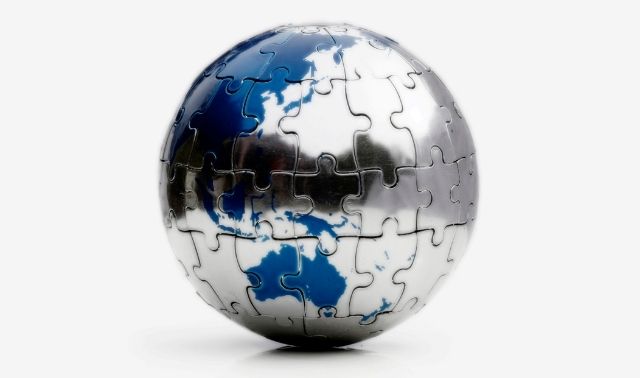Q. I have a computer from 1996 with the old Sierra Family Tree and more than 56,000
people in my database. I’m unable to transfer that file to any newer computer. Any suggestions on saving my info?
A. You should be able to transfer your file to another computer using any of several methods. The simplest way, assuming the older computer has a USB port, is to use a flash-memory stick. The computer will treat this like an extra hard drive, and you can drag the file over, then insert the stick into a brand-new computer and copy the file. Depending on the type of older laptop and its ports, you should also be able to connect it to a new computer via the serial port, ethernet or WiFi connection. In the worst case, you can have an expert remove the older laptop’s hard drive and mount it as an external hard drive that a new computer can access.
Finding a way to import a file from a defunct program may be trickier. If you can export a GEDCOM file, the universal format for family tree data, almost any current program can import it. You may lose notes and photo links, but essential data will be preserved. Otherwise you need to find a way to import a .UDS file, the proprietary format used for Sierra genealogy programs. If you can find a copy of The Master Genealogist (another—but more recently—defunct software), it should be able to read the file and then re-export it as a GEDCOM. Another option is to use Reunion for Macintosh, whose makers will convert a .UDS file for you.
From the September 2015 Family Tree Magazine




